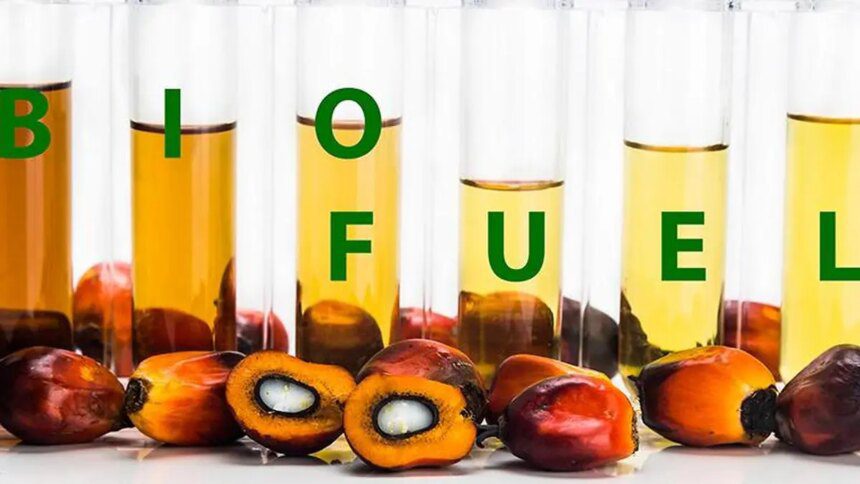India’s palm oil imports from Malaysia reached an 11-month peak of 312,000 tonnes in September, contributing to tighter global vegetable oil supplies. Current prices are maintaining above MYR 4,400 per tonne, bolstered by Indonesia’s potential B50 biodiesel mandate and decreasing soybean oil exports from the United States, Brazil, and Argentina.
Analysts caution that consumers may experience ongoing upward pressure on cooking oil prices as we approach 2026.
According to a press release from the Malaysian Palm Oil Council (MPOC), the country’s palm oil exports surged in September, significantly driven by a rebound in shipments to India, which remains the world’s largest edible oil importer. Exports increased by 7.7% month-on-month, reaching 1.42 million tonnes, with South Asia seeing the most significant gains. This uptick underscores India’s continued reliance on Malaysian palm oil amid diminishing global supplies.
Palm oil inventories in Malaysia rose to 2.36 million tonnes, the highest level in nearly two years, as export growth outpaced domestic production. While domestic consumption normalized to 300,000-350,000 tonnes per month after a record output of 499,000 tonnes in August, imports climbed by 33.9% to 20,000 tonnes, further boosting stock levels.
Global palm oil prices traded at a premium to soybean oil in September, with prices $26 per tonne higher in India and $42 higher in Europe. Analysts point to Indonesia’s potential B50 biodiesel mandate—which could divert 17 million tonnes of palm oil for biofuel use—as a factor keeping the market volatile. With Indonesia’s food consumption at around 10 million tonnes, its exportable palm oil supply could drop below 22 million tonnes, down from its historical range of 24-28 million tonnes.
The supply of vegetable oil is expected to remain tight in the new season beginning November 1. Soybean oil exports from the US and Brazil are projected to decrease by 41% due to rising domestic biofuel demand, while Argentina’s accelerated soybean shipments—following a temporary export tax exemption—are likely to limit availability. Sunflower oil prices are also maintaining strength, trading above both palm and soybean oil in Europe due to constrained supplies.
As a major importer, India is anticipated to feel the effects of these limited supplies. With palm oil stocks already high in significant consuming nations, including India, buyers are likely to adopt a cautious approach. Global vegetable oil prices are predicted to remain stable through 2025, with Malaysian palm oil prices expected to hold steady above MYR 4,400 per tonne. Market sentiment remains cautious amid weak crude oil prices, elevated vegetable oil inventories in major consuming markets such as China and India, escalating US-China trade tensions, and a buildup of global soybean stocks, as noted in the MPOC release.
Published on October 23, 2025










